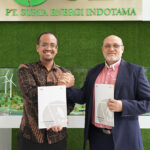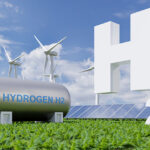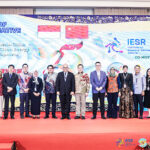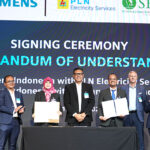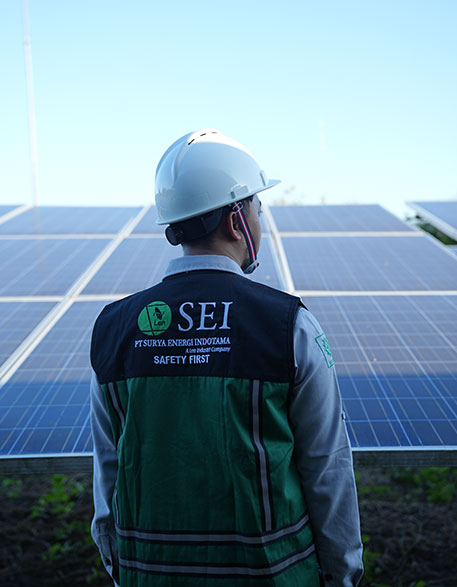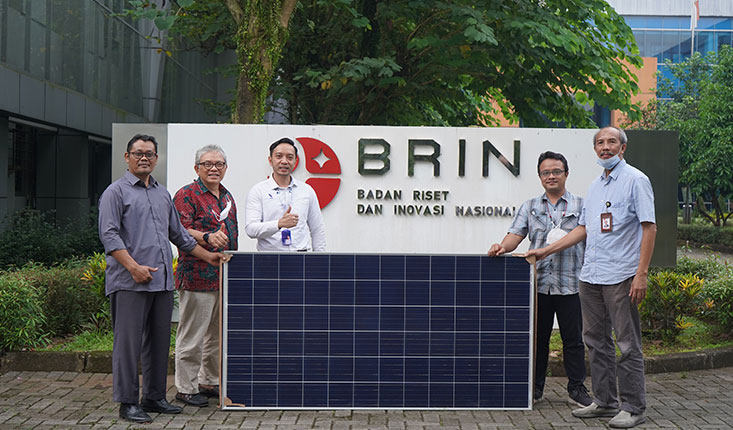
Floating Solar Power Plant Research: BRIN, SEI, and Gani Arta Care About Utilization of Environmentally Friendly Energy Resources
Indonesia is a country rich in resources, one of which is energy resources. Starting from petroleum, geothermal, waves, wind, sun, and others. The maximum and environmentally friendly utilization of energy resources will produce benefits for the community and balance for nature. This can be realized when the community understands environmental-based management with the help of science and technology.
In order to realize the maximum utilization of energy resources using the latest technology, the National Research and Innovation Agency (BRIN), PT Surya Energi Indotama (SEI), and Gani Arta Dwitunggal agreed to collaborate on Research on the Application of Floating Solar Power Generation Systems (PLTS) on the Surface of Water. The research, which began in July 2022, took place in the PUSPIPTEK BRIN Serpong Area, precisely in the area around the Bahrul Ulum Mosque Lake.
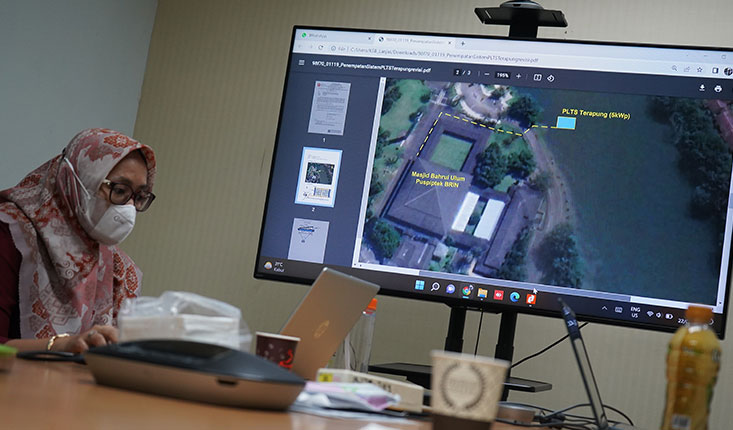
In this joint project, BRIN through the Energy and Manufacturing Research Organization acts as a technical implementer of research, development, assessment, and application of research based on Articles 10 and 11 of BRIN Regulation No. 7 of 2022. Meanwhile, SEI and Gani Arta Dwitunggal are companies that support the research component needs of the BRIN Research Team. One of them, SEI provides 16 Solar Module Panels along with rails, and Gani Arta Dwitunggal provides a floating system for placing solar power modules.
This research has a big goal to utilize solar energy which has great potential in Indonesia. The increasing development in land areas into settlements or industries, the utilization of water areas with the Floating PLTS system can be a solution for utilizing new renewable energy. The performance analysis of this research is about energy balance, a study of the characteristics of photovoltaic modules which include efficiency, physical conditions of temperature and visual conditions, characteristics of water conditions that will later be covered by photovoltaic modules, physical conditions of floaters (color, strength, and durability), and ambient temperature.
It is hoped that this research will be a joint project that produces a discovery of science and technology that can be implemented for the utilization of maximum and environmentally friendly energy resources. In addition, all processes of this research can be an experience for all parties to continue energy conservation in the same field in the future.
